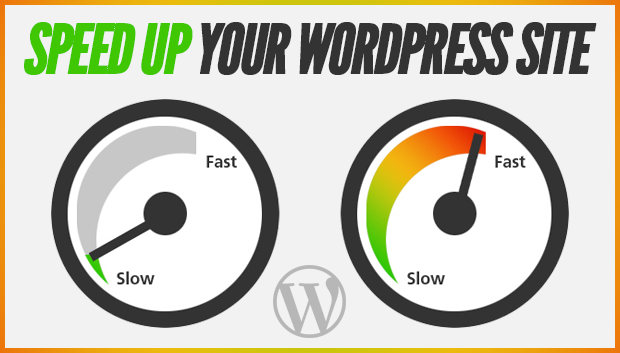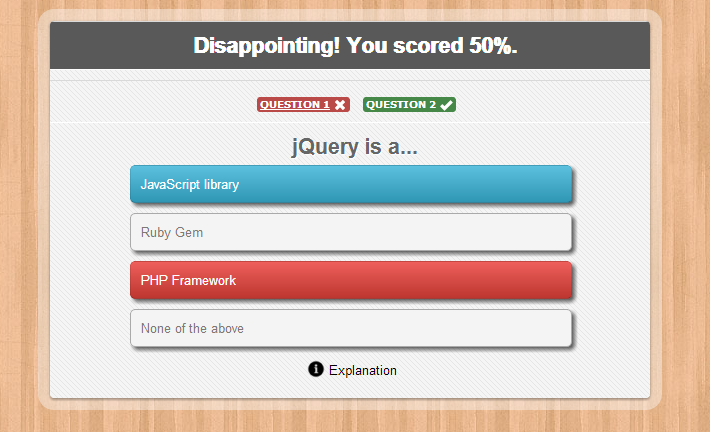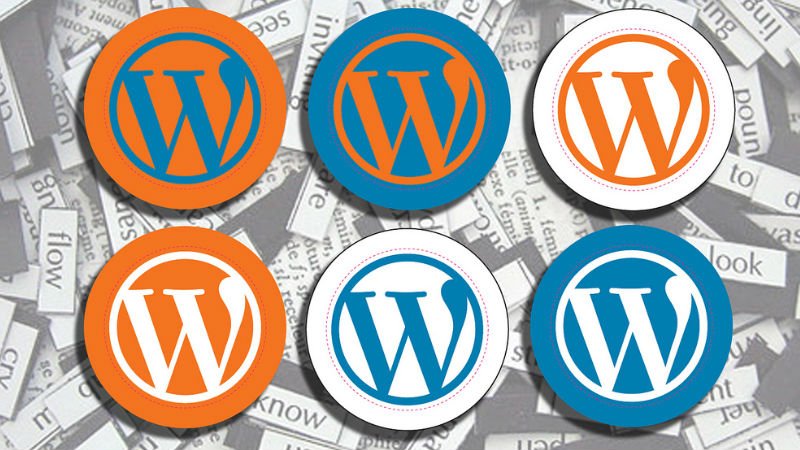
Time Is Money–How Decreasing Increase WordPress Sites Conversions
According to surveys done by Akamai and Gomez, nearly half of web users expect a site to load in 2 seconds or less, and they tend to abandon a site that isn’t loaded within 3 seconds. 79% of web shoppers who have trouble with web site performance say they won’t return to the site to buy again and around 44% of them would tell a friend if they had a poor experience shopping online.
When your website is faster, it is much easier to gain more traffic and visitors. In this blog post, we’ll discover new and tested strategies of revving up the speed of your website. Site speed is considered a key factor in search engine optimization. Yet, adding valuable design changes and site content to your site often builds up a considerable amount of memory. It may also slow down the way your site renders. Moreover, the amount of time users are willing to spend on your site continues to dwindle by the day, as other websites compete for visitors’ time.
To benefit your audience, rankings, and usability, we recommend increasing your website speed.
YET, HOW?
Pre-work
Websites generally “weigh” around 130 KB, including things like images, scripts and stylesheets. Sites like Web Page Test or Firefox browser plugins like Page Speed can give you a starting point.
Page Speed Online
In April?Google introduced its own web-based tool, accessible via Google Labs, called Page Speed Online. It’s available as a web-based tool as well as a Chrome extension.
With it, you can quickly get an overview of high priority, medium and low priority fixes that can help increase your page speed. Many of these suggestions are fairly technical, so it’s a good idea to have your web developer by your side when going over them, to see just how many are feasible for your particular site.
Google Analytics Plugin by Yoast
If you’re using WordPress and the Google Analytics plugin by Joost de Valk (Yoast.com), you’ll also be glad to know that it now incorporates the Site Speed feature too. Among other things, it can help you understand how quickly or slowly your page loads across different parts of the world and different browsers.
Google Webmaster Tools
In addition, you can also check your site load time month by month using Google Webmaster Tools. Check out their “Labs” section for more details.
Speed Optimization
plugins
WP Super Cache
One of the most popular and widely used caching plugins available for WordPress, WP Super Cache is extremely user-friendly, quite easy and straight forward to setup, while it also has some features and settings for a bit more advanced users, which can be used to get even more out of this plugin. It features: Support for multiple caching types (Mod_Rewrite, PHP and Legacy), Serve static html files and Cache preload, CDN support.
W3 Total Cache
Another excellent WordPress speed enhancing plugin, but W3 Total Cache will take you even further and beyond simple caching improvement as W3 offers a complete and full-fledged framework. There’s even advanced support for CloudFlare and many CDN services, and with W3 Total Cache you will experience a major speed increase by enabling just the basic settings. Advanced users, on the other hand, will of course be able to get much better performances out of this awesome plugin. W3 features: CDN Support, Browser caching, Database caching, Object caching and Minifying.
Quick Cache
This powerful plugin is pretty easy to set up, so you can get up and running in a matter of minutes. With this useful add-on one is able to make sure that cached versions of pages are not served to logged in users or users that have recently left some comments. Quite helpful indeed. Quick Cache features: Simple installation, Support for GZIP compression, GET Request options, Set expiration times, Client-side cache support.
Tips
Cache your WordPress site.
Do you want speed now instead of later? Quick Cache is a WordPress plugin that takes a quick snapshot of every aspect of your site (including Page, Category, Posts, etc.) and stores the snapshots for quick loading.
Test your page load speed to get a benchmark.
You won’t know how far you need to improve your website if you don’t have a baseline. Pingdom’s Website Speed Test gives you an accurate reading on your site’s speed.
Choose a good hosting provider.
Can your hosting handle the amount of memory your site outputs? If that is not the case, pick WPEngine. This platform offers the best in fully-featured WordPress hosting.
Delete and stop spam comments.
Any amount of spam is memory that is slowing down your site’s loading capabilities. Delete your comments manually in WordPress, and defend against spam with Clean Talk’s Anti-Spam plugin.
Pick a theme that isn’t memory intensive.
There are some beautiful themes available for WordPress, but always keep in mind the speed of your site when deciding upon a new look. The Genesis and Thesis premium themes are the top themes optimized for site speed.
Optimize your images for speed.
We all want our websites to look engaging, but don’t do so at the cost of usability. Compress your image files in an instant with EWWW Image Optimizer for WordPress.
Clean up your database.
If you want to get your website running faster right this minute, start your spring cleaning a little early this year by optimizing your database. WPOptimize gets the job done. This app removes old posts, delete items in the trash, and more.
Limit the number of plugins you install.
Although plugins can help a great deal for optimizing your site, keep a lid on how many you keep installed. Also bare in mind to delete unactivated plugins if you don’t plan on using them again.
Do not display the full post on the homepage.
When it comes to blogs, the less you have on your front page, the better. Shorten your blog posts using Easy Custom Auto Excerpt.
Optimize your code.
There is little worse in the web development world than having poorly optimized code making up your site. Validate the efficiency of your code by using the W3C Markup Validation Service by simply submitting your CSS stylesheet.
Compress your code.
The bigger they are, the harder they fall… that is why you want to make your code files smaller and more compact.Better WordPress Minify compresses your JavaScript and CSS file for faster page loading.
Remove post drafts and revisions.
Out with the old and in with the new! In this case, we mean to get rid of old posts as soon as possible using Bulk Delete, a plugin that enables you to delete post batches by status or user.
Check for viruses or exploits in your website.
Do you know what else can slow your site down? Malicious scripts are known for messing with site loading speed. Get rid of them with the Anti-Malware plugin in order to eliminate threats to your server.
Make use of a content delivery network.
A content delivery network is a group of servers containing copies of data that are quickly and easily distributed to your site. A couple of excellent CDN services include MaxCDN and Incapsula to start.
Install the Lazy Load plugin.
The Lazy Load plugin offers a smart solution to image rendering and management. In essence, it only load images when they are visible to the user to decrease server bandwidth.
Update your version of WordPress.
There is a reason why updating your email clients, Internet browsers, and social media platforms make them run faster. They fix bugs and make them more organized! Update your version of WordPress to achieve the same effect.
Use text or link advertisements as opposed to image ads.
In the business of marketing and advertising, you need to capture the attention of your visitors. However, if you want to speed things up, add in an assortment of text ads to substitute your image ads.
Cache your Gravatars.
Some of us have bustling audience that love to comment, but keep in mind how long it takes to load commenters’ gravatar images. Install FV Gravatar Cache as a solution to this problem.
Set your image dimensions.
Setting up your image dimensions gives your browser an idea of how much processing to put into rendering the image. Do this in your HTML code to further optimize your image loading.
Reduce the amount of 301 redirects in your website.
301 redirects can slow down your site speed. Optimize your 301s in the correct way by using specialized plugins andlearn when to use them properly.
Your website’s speed plays a crucial role in your online business development as in some way it determines your revenue. In fact, there is a shocking relation between page load speed and conversion rates on a website, especially when it comes to eCommerce pages. A study by Web Performance Today, for example, showed that just one second delay can result in a conversion decrease of 3.5%.
Of course, the actual figure for your site could be much greater, which is why you definitely don’t want to lag behind. Time IS money, after all.








